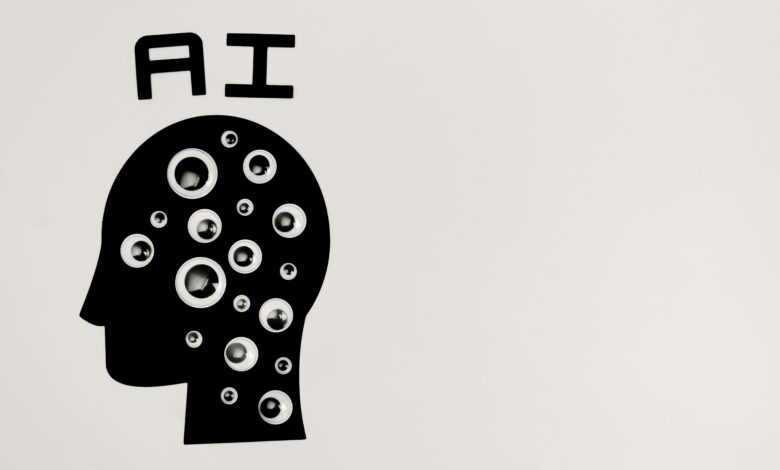AI: The Guardian of Content Authenticity

Key Takeaways:
- AI detectors are necessary to maintain the digital material’s correctness.
- These tools help identify and prevent the spread of misinformation.
- Understanding how AI detectors work can empower content creators and publishers to produce higher-quality content.
The Importance of Content Authenticity
Ensuring content authenticity has become a pressing concern in today’s digital landscape. With the rise of artificial intelligence technologies, there’s been a significant increase in the creation of AI-generated content. While this can offer numerous benefits, it also raises questions about the integrity and originality of the information we consume daily. It is where tools like the AI detector come into play, helping to sift through digital content to confirm its authenticity.
AI detectors are essential for combating the spread of misinformation. Fake news and misleading articles can go viral, detrimentally influencing public opinion and decision-making. Consuming false information has vast implications, from affecting individual decisions to shaping societal norms and policies. Ensuring the originality and accuracy of digital content is thus crucial for maintaining a well-informed audience and a functioning democracy.
How AI Detectors Function
AI detectors play a crucial role in discerning between human-generated and AI-generated content by meticulously analyzing the intricate patterns and structures present in the text. These highly advanced algorithms can delve into attributes such as syntax, semantics, and writing style, enabling them to provide a robust and dependable assessment. By scrutinizing these nuanced micro-level details, AI detectors can accurately identify subtle disparities between human and machine-generated content. Leveraging the power of machine learning models, AI detectors continually enhance their accuracy over time, establishing themselves as indispensable tools for upholding content integrity. The continuous learning process empowers these detectors to adapt to emerging trends and the evolving capabilities of AI, thereby ensuring their relevance and efficacy in the dynamic and fast-paced digital landscape.
Benefits of Using AI Detectors
Implementing AI detectors can bring several advantages:
- Enhanced content quality and authenticity: AI detectors play a crucial role in guaranteeing that the content provided to users is authentic and meets high standards, thereby promoting trust and reliability.
- Prevention of plagiarism and content theft: Artificial intelligence (AI) detection systems are essential for locating and reporting instances of duplicate or unoriginal material. By doing so, they help protect the intellectual property rights of original content creators.
- Improved trust and credibility among audiences: Using AI-powered detection systems, publishers and businesses can enhance their credibility and trustworthiness. When content is verified for authenticity using AI, audiences are more likely to have confidence in the information being presented, thereby improving the reputation of the publishers and businesses responsible for sharing the content.
AI detectors help maintain a higher standard of information quality online by ensuring that humans genuinely produce content. These technologies can also provide comprehensive analytics and statistics that illuminate the effectiveness of content and suggest areas for development.
Case Study: The Role of AI Detectors in Education
In the education sector, AI detectors have become a critical tool. For instance, universities now utilize these technologies to verify students’ submissions, ensuring that essays and research papers are authentic. It promotes academic integrity and encourages students to develop their original ideas. Academic dishonesty has always been a problem at universities, and introducing artificial intelligence content has complicated matters. By employing AI detectors, educators can effectively combat plagiarism and uphold the quality of academic work. Additionally, AI detectors can support educators in assessing the authenticity of research, manuscripts, and publications, which is paramount in maintaining the integrity of scholarly communications.
Challenges and Limitations
Despite their benefits, AI detectors are not without challenges. They may sometimes produce false positives, labeling human-written text as AI-generated, causing undue stress and confusion among content creators and consumers. Additionally, rapidly evolving AI models can sometimes outpace detectors, making continual updates necessary. Keeping abreast of advancements in AI technology and incorporating these changes into detection algorithms can be resource-intensive. Balancing accuracy and adaptability remains a significant challenge for developers. Ethical issues such as privacy concerns and the misuse of detection technologies must be considered to further foster user trust.
Future Prospects of AI Detection Technology
As we look ahead, the future of AI detection technology appears incredibly promising. The continuous evolution of innovative technologies and machine learning is expected to elevate the precision and dependability of these tools significantly. With AI increasingly infiltrating diverse industries, the demand for resilient detection mechanisms will intensify.
Furthermore, integrating AI detectors with other cutting-edge technologies, such as blockchain, can further augment their capabilities by offering immutable content creation and modification records. This integration could bolster the transparency and security of AI detection processes.
In addition, collaborative efforts among tech companies, academic institutions, and policymakers are paramount to propel the evolution of standardized protocols and best practices for AI detection technology. Such concerted efforts can help ensure AI detection systems’ effectiveness and ethical deployment, fostering trust and confidence in these groundbreaking technologies.
Conclusion: The Road Ahead
AI detectors are set to play an increasingly central role in upholding content authenticity. By understanding and leveraging these technologies, content creators, educators, and businesses can ensure a more trustworthy and reliable digital landscape. As with any technology, the key lies in balancing innovation and ethical considerations. Embracing the potential of AI detectors while addressing their challenges and limitations will foster an environment where digital content can thrive, benefiting both creators and consumers alike. As we continue to navigate the digital age, the role of AI detectors in maintaining content integrity will become ever more crucial, underscoring the importance of vigilance and continuous improvement in this technological endeavor.
Keep an eye for more news & updates on TechProMagazine!





